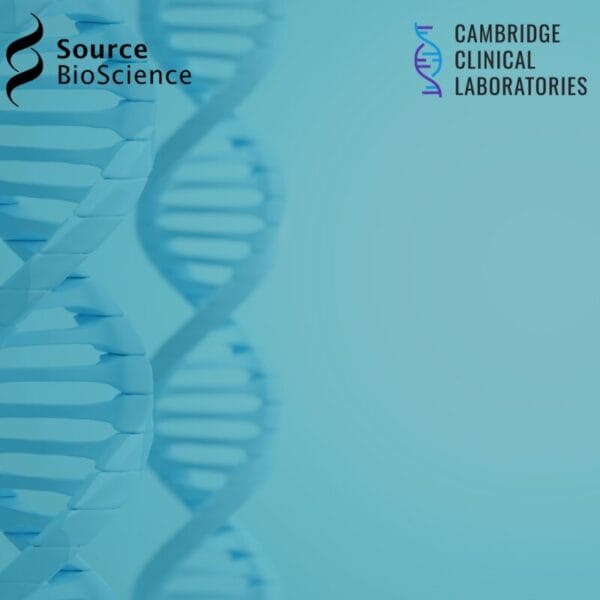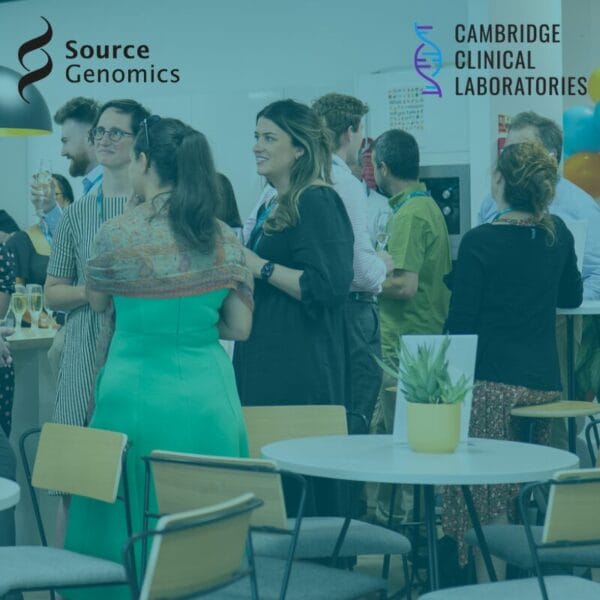What are the Four Main Steps of Next-Gen Sequencing?
Next-generation sequencing (NGS) rapidly sequences DNA/RNA using massively parallel sequencing technologies. The process of next-gen sequencing starts with fragmenting DNA, adding adapters, and amplifying fragments. These fragments bind to a flow cell and undergo bridge amplification, forming clusters. Sequencing by synthesis then occurs. Here nucleotides are added one at a time, each emitting a signal for real-time detection. The resulting data is computationally analyzed for base calling, alignment, assembly, and variant calling, enabling a comprehensive genomic analysis. Ultimately, next-gen sequencing is a high-throughput, scalable method that supports diverse applications from whole-genome sequencing to targeted gene panels. Therein lie the four main steps of next-gen sequencing: library preparation, cluster generation, sequencing by synthesis, and data analysis.
1. Library Preparation
The initial step in library preparation for next-gen sequencing involves breaking down the DNA or RNA sample into smaller fragments. This can be achieved through:
- Mechanical shearing: Uses physical forces to break DNA.
- Enzymatic digestion: Employs restriction enzymes to cut DNA at specific sites.
- Sonication: Applies sound waves to fragment DNA.
After fragmentation, short sequences of DNA known as adapters are attached to the ends of these fragments. These adapters are vital as they facilitate the binding of DNA fragments to the sequencing platform. They also allow for their identification and amplification during sequencing. Adapters contain specific sequences that are recognized by the sequencing machinery, enabling efficient attachment and processing.
The adapter-ligated DNA fragments are then amplified to ensure there are sufficient copies for sequencing. Polymerase Chain Reaction (PCR) is commonly used for this purpose. However other methods like random priming or rolling circle amplification may also be employed. PCR selectively amplifies the DNA fragments, creating multiple copies of each. This is crucial for generating a detectable signal during sequencing.
2. Cluster Generation
The next stage of next-gen sequencing is loading the prepared DNA library onto a flow cell. This is a specialised glass slide with lanes designed for DNA fragment binding. The flow cell contains a surface coated with oligonucleotides that are complementary to the adapters added during library preparation.
Once the DNA fragments bind to the flow cell surface via their adapters, bridge amplification occurs. In this process, each DNA fragment bends to form a bridge and binds to adjacent oligonucleotides on the flow cell. Through several cycles of amplification, clusters of identical DNA sequences are formed. Each cluster originates from a single DNA fragment. It consists of thousands of copies, significantly enhancing the signal for sequencing.
3. Sequencing by Synthesis
Sequencing by synthesis involves the stepwise addition of nucleotides to the growing DNA strand, which is complementary to the template strand. The sequencing platform facilitates the incorporation of one nucleotide at a time. Each of these are labeled with a unique fluorescent or luminescent tag.
As a nucleotide is incorporated, it emits a signal that is detected by a camera or sensor. The emitted signal is specific to the type of nucleotide (adenine [A], thymine [T], cytosine [C], or guanine [G]). It allows the sequencing software to determine the sequence in real-time. This high-throughput process enables the rapid sequencing of large quantities of DNA.
4. Data Analysis
The final activity of next-gen sequencing involves data analysis. First the raw signal data collected during sequencing is converted into nucleotide sequences through computational methods. This process, known as base calling, involves interpreting the fluorescent or luminescent signals to identify the corresponding nucleotides.
The short sequences, or reads, generated during sequencing are then aligned to a reference genome or assembled de novo if no reference is available. Alignment to a reference genome allows for the accurate reconstruction of the original DNA sequence, while de novo assembly is used when in the final step differences between the sequenced DNA and the reference genome are identified in a process called variant calling. This involves detecting single nucleotide polymorphisms (SNPs), insertions, deletions, and other structural variations. Annotation then assigns biological significance to these variants, aiding in the understanding of their impact on gene function and association with diseases.
Rely On Our Experts To Provide The Next-Gen Sequencing Results You Need
Next-gen sequencing at Source BioScience involves a comprehensive and reliable process that enables the high-throughput, precise sequencing of genomes, exomes, transcriptomes, and more. Our next-gen sequencing services, backed by ISO 9001:2015 certification, ensure rigorous quality control and swift data turnaround. From initial consultation to data delivery, we offer end-to-end next-gen sequencing support through dedicated account managers and advanced bioinformatics analysis. By leveraging cutting-edge platforms like Illumina’s NovaSeq X Plus, NextSeq, and MiSeq, in addition to new platforms such as the Element Biosciences AVITI, we deliver unrivaled data quality and rapid results for all your next-gen sequencing needs. Discover more about our next-gen sequencing services by visiting our website.
Contact us today and one of our skilled account managers will be in touch with a free consultation including further information and pricing details.
Share this article

